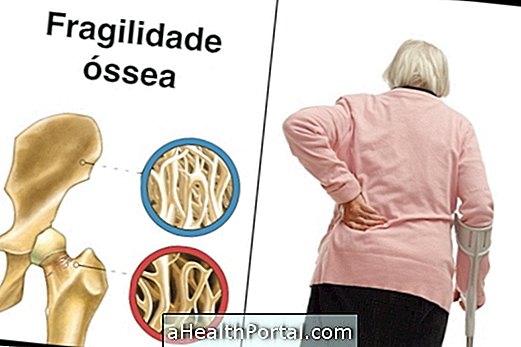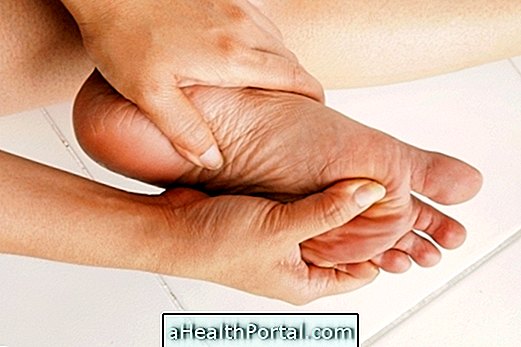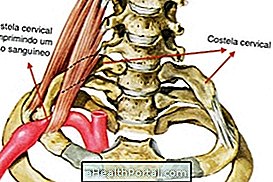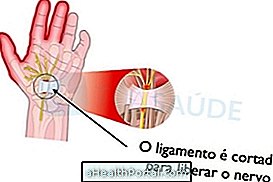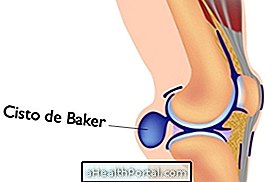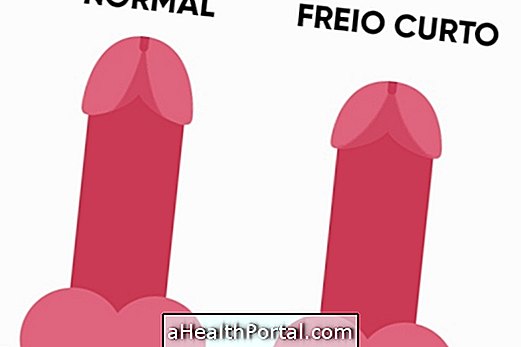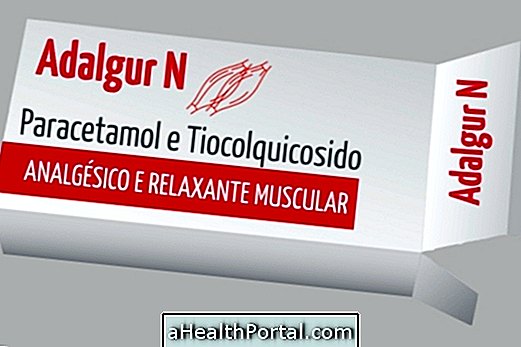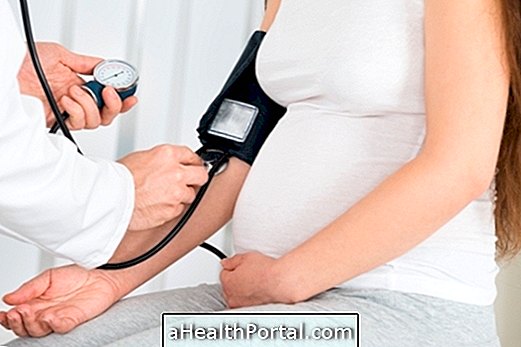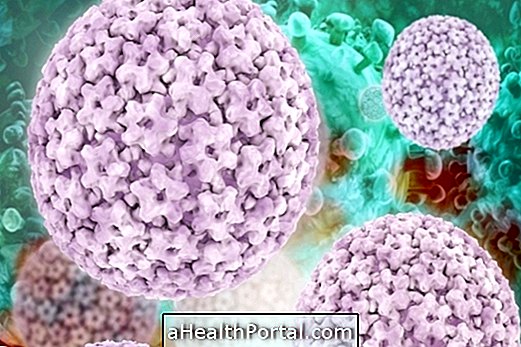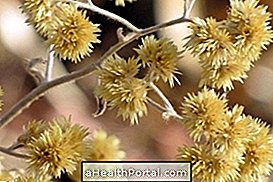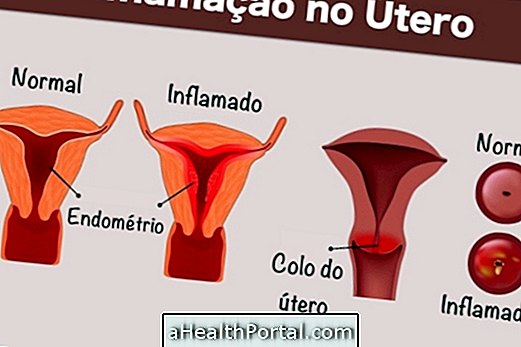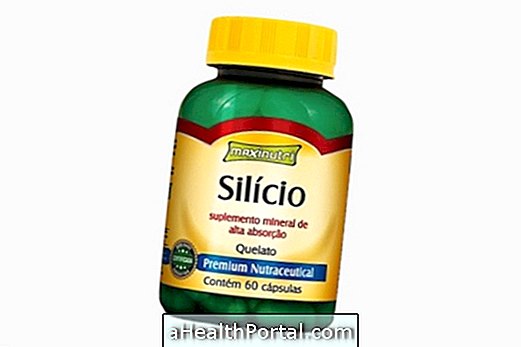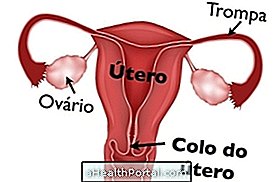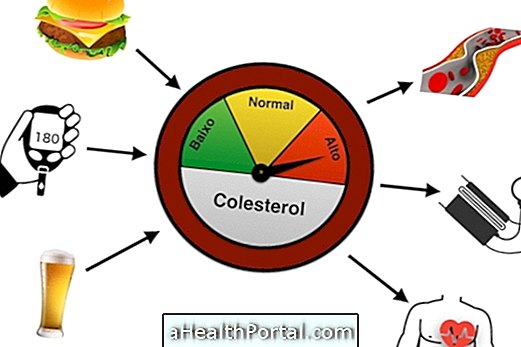The arthrosis in the hands correspond to the wear of the joints of the hands that damages the cartilages and thus increases the friction between the bones that constitute the hands, which leads to symptoms such as pain, difficulty to perform simple movements and, in the most advanced cases, formation of nodules in the middle at the end of the fingers, the Bouchard and Heberden nodules, respectively. Understand what osteoarthritis is.
Osteoarthritis can be very limiting, especially when it affects both hands, and is more common in the elderly and menopausal women, due to the aging of the cartilage, and in people who perform daily activities that constantly activate the joints of the hands, such as housework, for example.
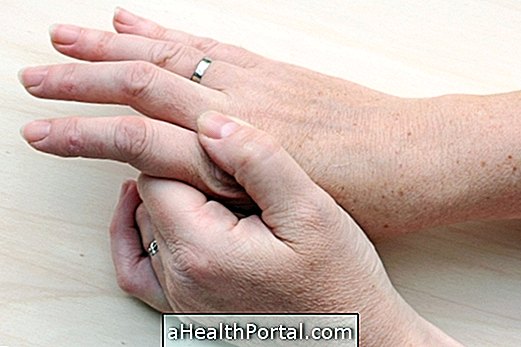
Main symptoms
The symptoms of osteoarthritis are usually noticed when the disease is already at a more advanced stage. The main symptoms of arthrosis in the hands are:
- Pain in the hand, which at the onset of the disease may be more intense upon waking and diminishing throughout the day, however with the progression of the disease the pain can occur all day;
- Rigidity in the joints of the hands;
- Swelling in the fingers;
- Difficulty performing simple movements, such as picking up an object or writing, for example;
- Tingling of the hands, even at rest.
In addition, the formation of nodules in the joints, such as the Heberden's nodule, which is formed in the final joint of the fingers, and the Bouchard's nodule, which is formed in the middle of the fingers, can be verified.
The diagnosis of arthrosis of the hands is made by the orthopedist or rheumatologist based mainly on the symptoms described by the patient, besides evaluating the presence of nodules of Heberden or Bouchard, which is common to appear in more advanced cases. The doctor may also be asked to perform X-ray or MRI to check the degree of joint wear and thus confirm the diagnosis.
Causes of osteoarthritis in the hands
Osteoarthritis of the hands is caused primarily by repetitive stresses, and is more common in people who use their hands, such as stonemasons and people who do housework. In addition, this type of arthrosis is more common in the elderly and menopausal women due to the aging of the cartilage.
In addition, inflammatory or autoimmune diseases such as systemic lupus erythematosus and rheumatoid arthritis, in addition to genetic diseases may favor the stiffness of the joints of the hands, resulting in arthrosis. Know other causes of arthrosis.
How is the treatment done?
The treatment for osteoarthritis of the hands is done according to the patient's symptoms, and the use of medicines to relieve pain and swelling and sessions of occupational therapy or physiotherapy may be indicated to improve mobility of the joint, reduce symptoms and allow to carry out day-to-day activities. In more severe cases, surgery may be indicated by the doctor, but only when the use of medications and physical therapy are not enough. Learn how physiotherapy for arthrosis is done.
It is also recommended to rest the joint and apply ice or heat to the area to relieve the symptoms of arthrosis. Symptoms of arthrosis may disappear after weeks or months of treatment, although the joints appear to be more swollen. See how the treatment for osteoarthritis is done.
